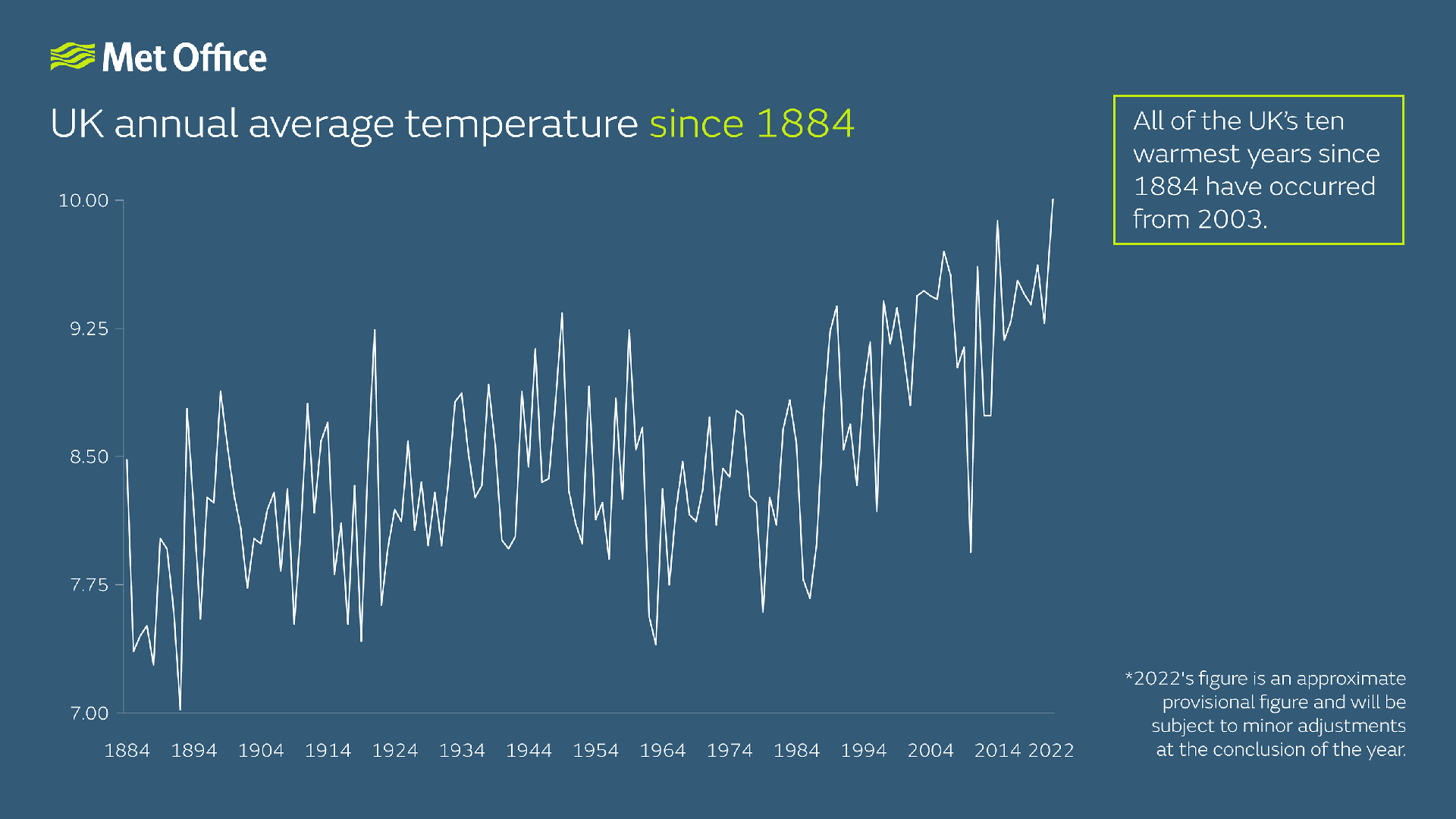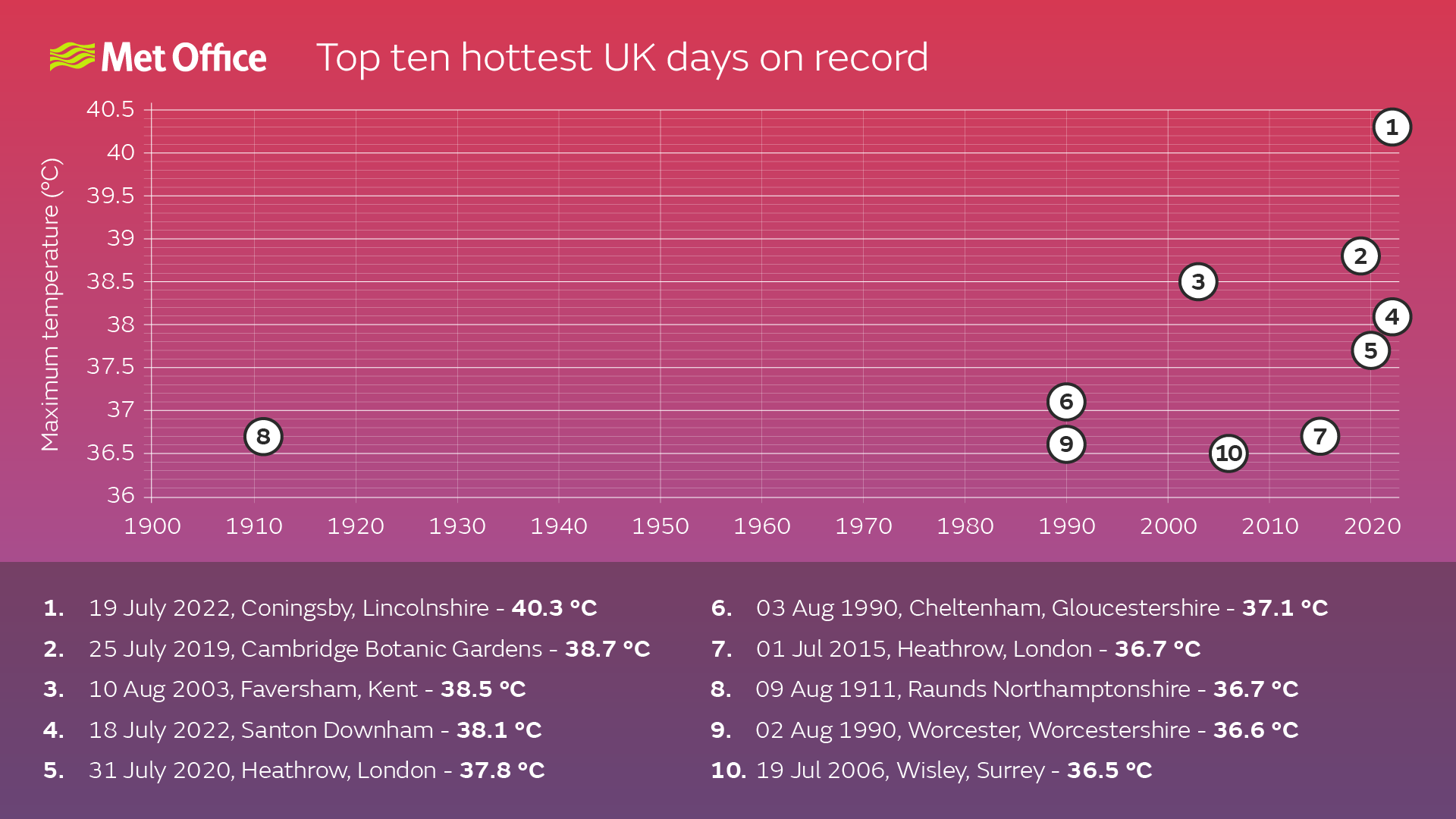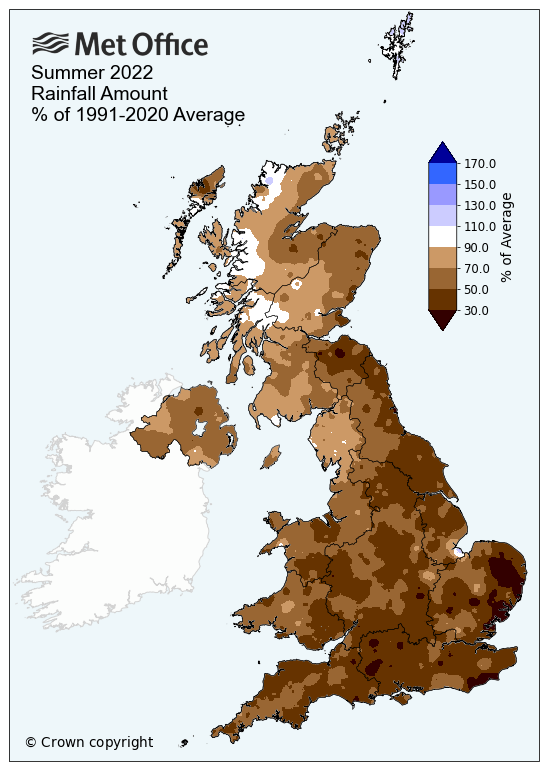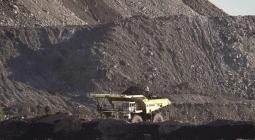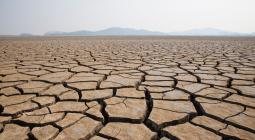All four seasons have fallen in the top ten in a series which began in 1884 and the 10 warmest years have all occurred since 2003.
As well as setting a new 139-year annual mean temperature record, 2022 will also be remembered for several other significant weather events.
- Exceptionally warm start to New Year
- Storms Dudley, Eunice and Franklin occurring within a week in February
- Dry first half of year
- Record-breaking temperature at Coningsby in July
- Cold spell in early December
Temperature
Warmest year on record
2022 will see the highest annual average temperature across the UK, exceeding the previous record set in 2014 when the average was 9.88C. Since 1884, all the ten years recording the highest annual temperature have occurred from 2003. The final provisional figure for 2022 will be available at the conclusion of the year and will then be subject to further quality control and a verification process.
2022 will also be the warmest year on record in the 364-year Central England temperature series from 1659, the world’s longest instrumental record of temperature.


